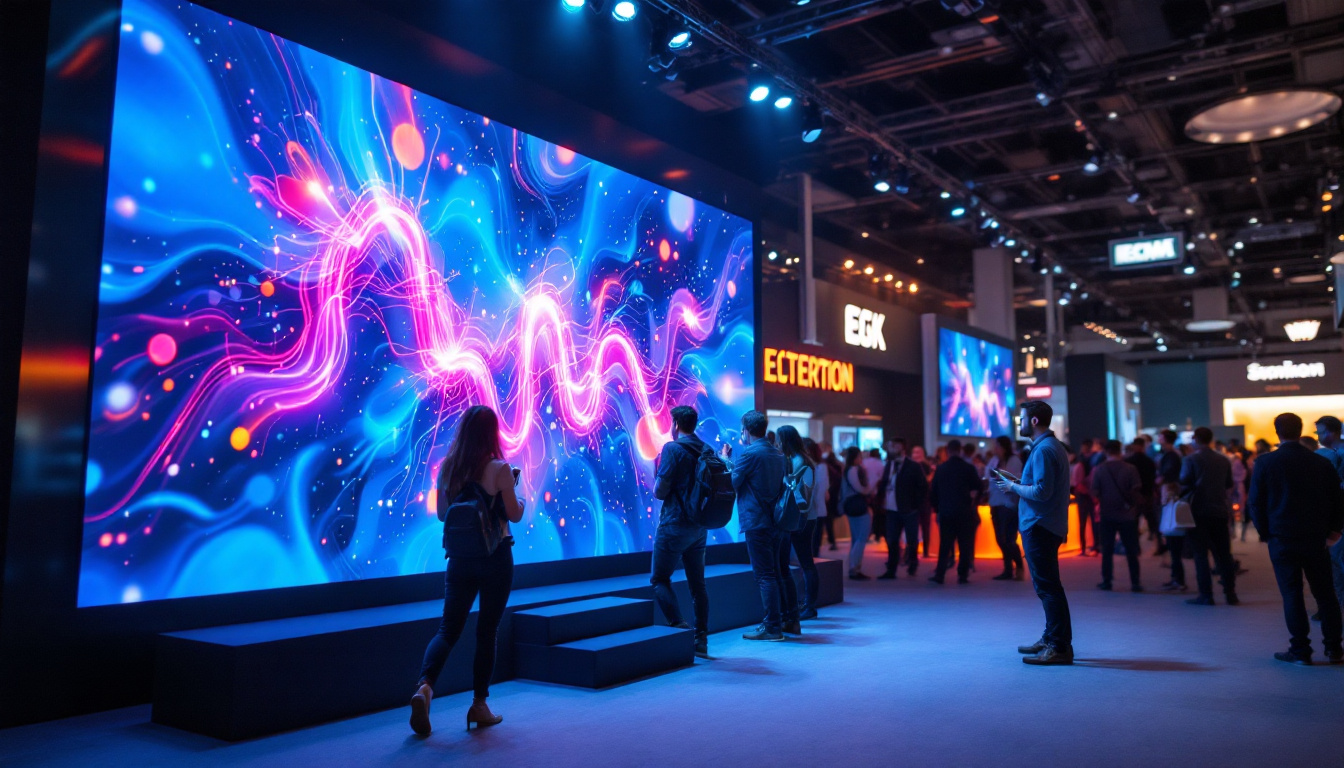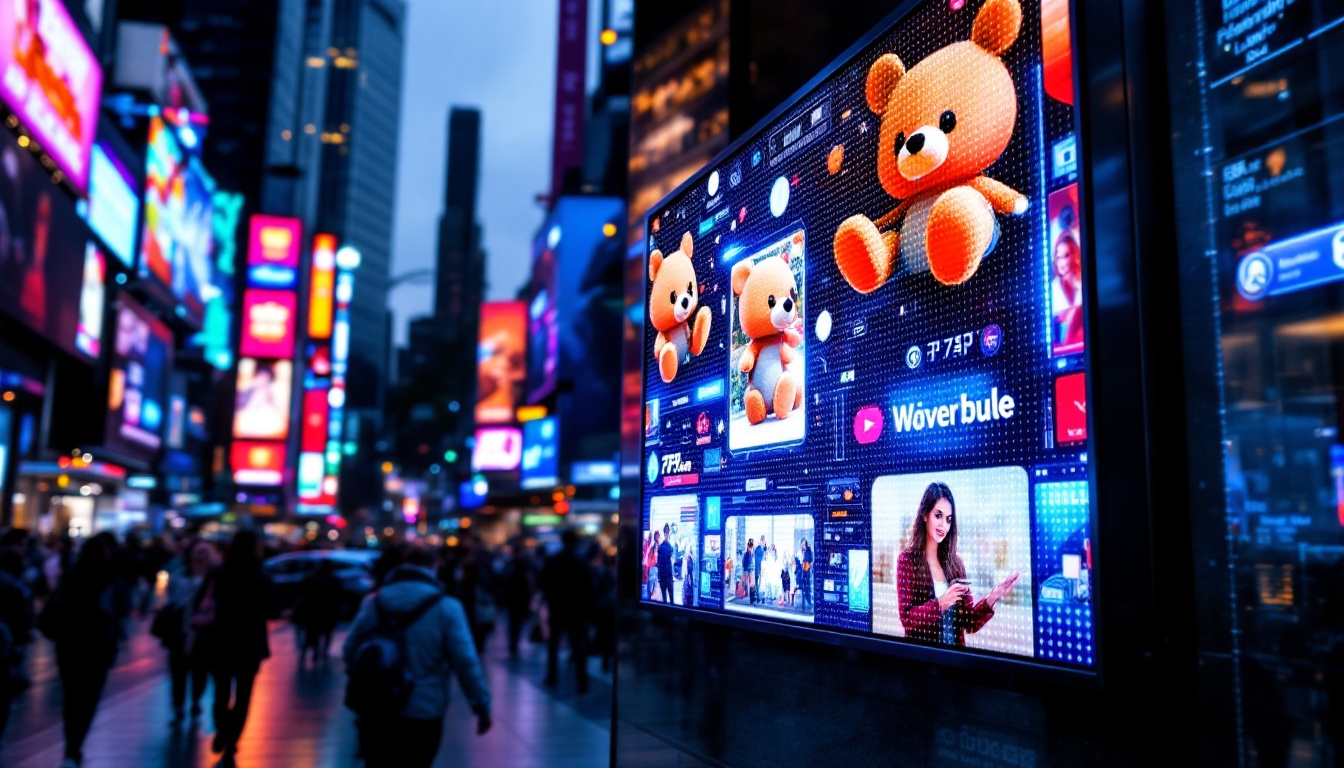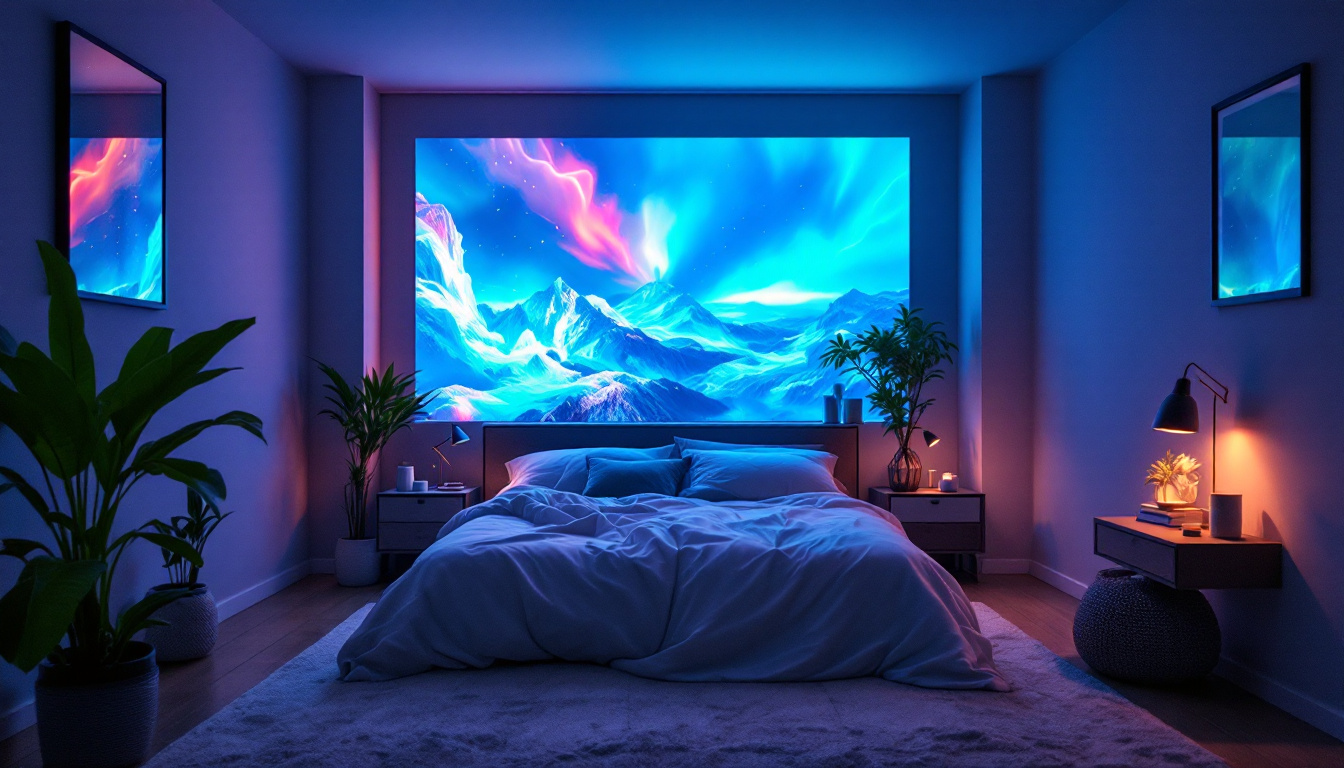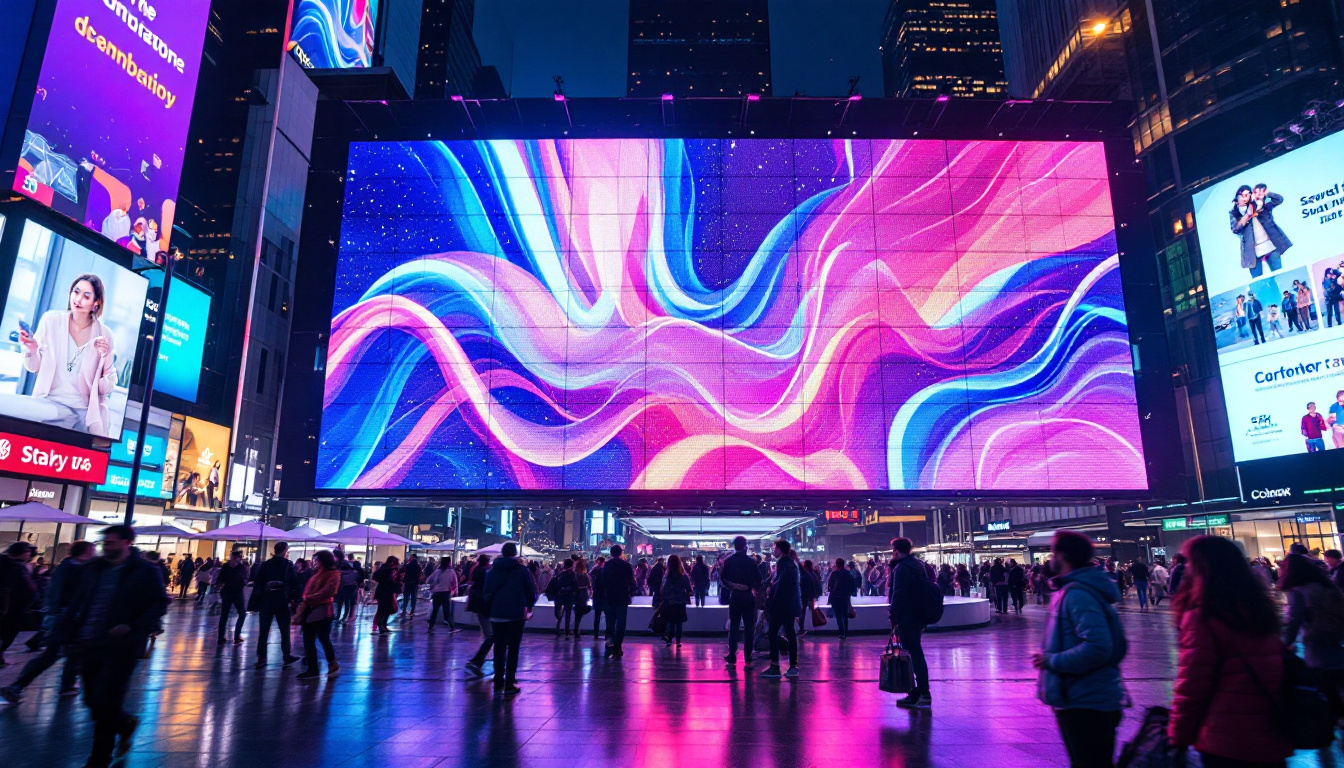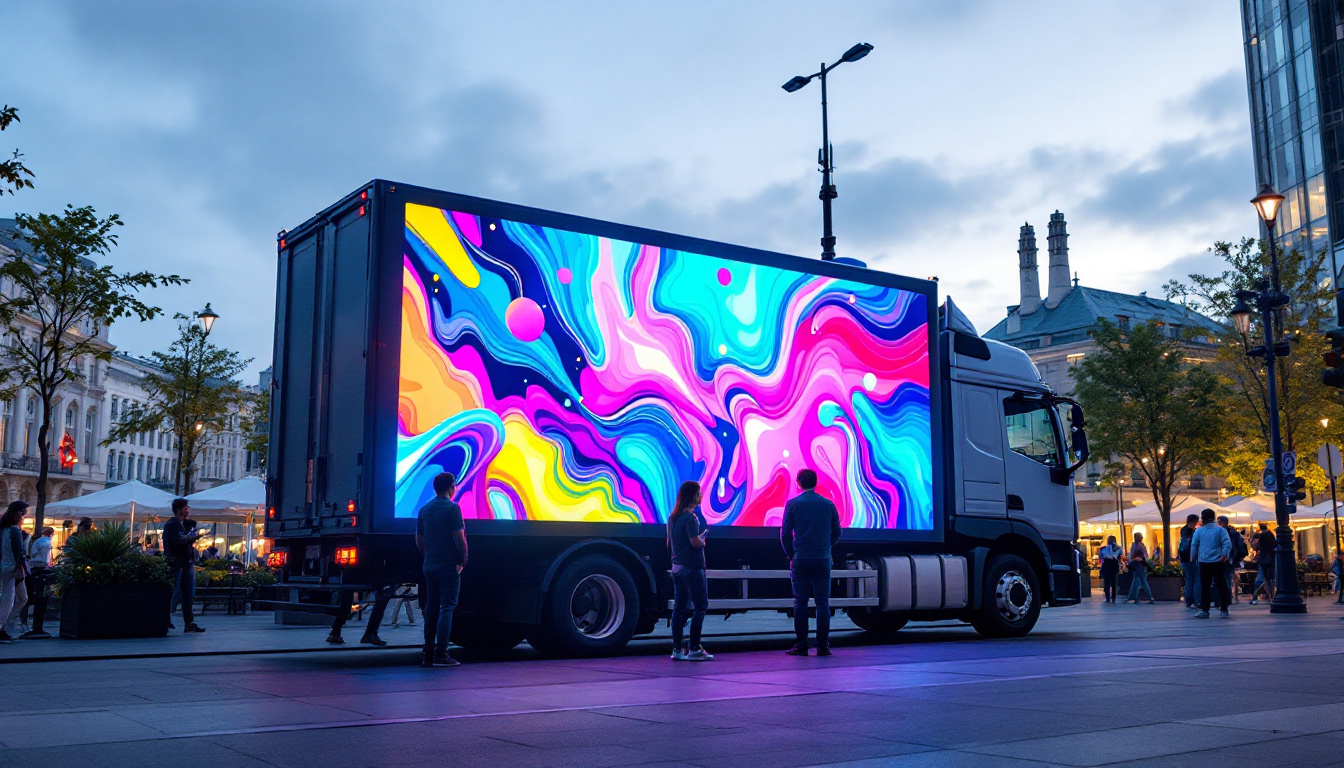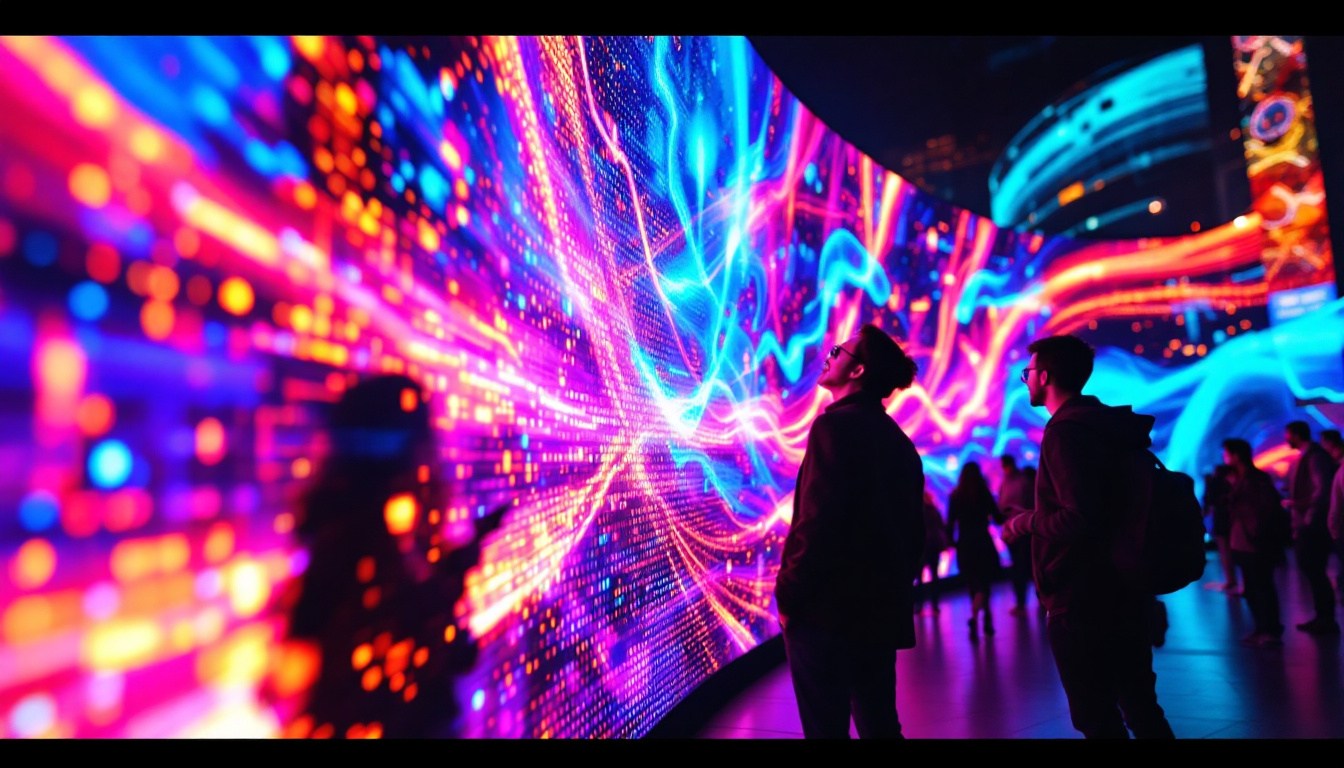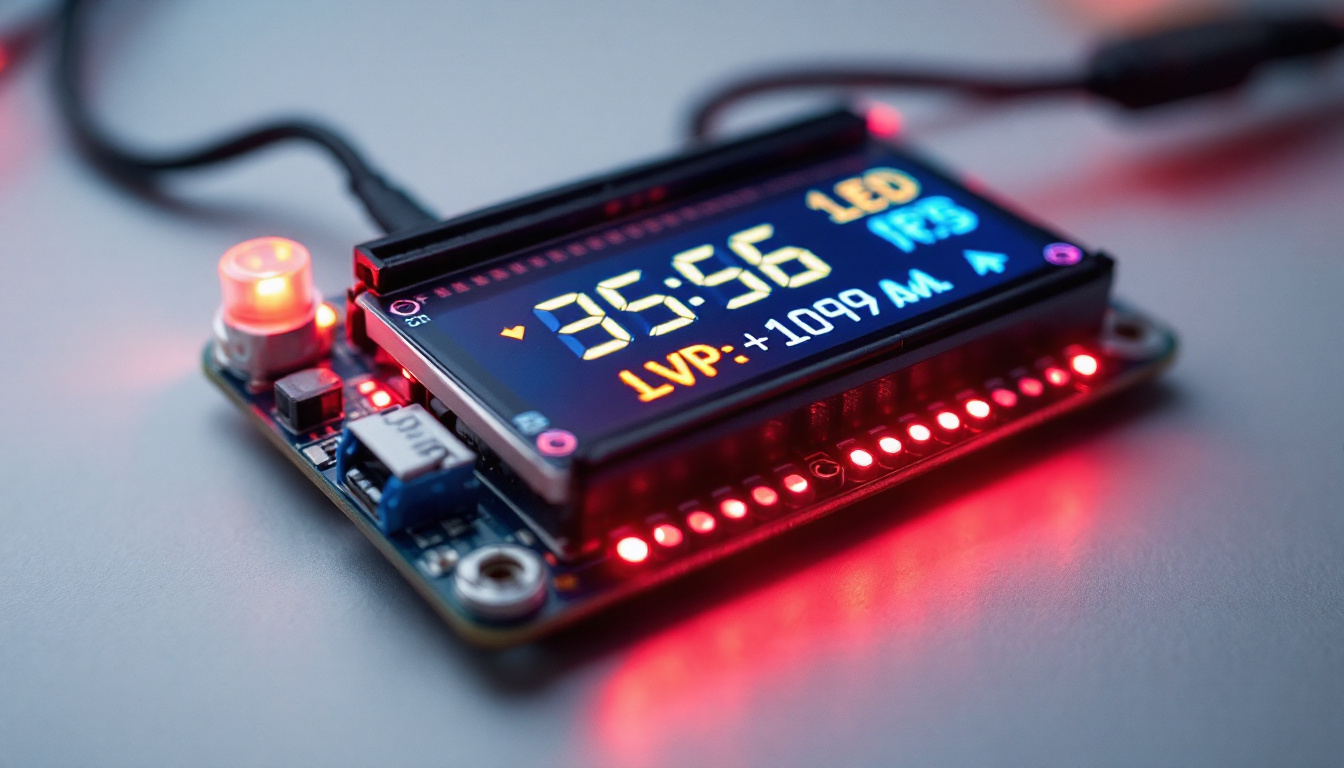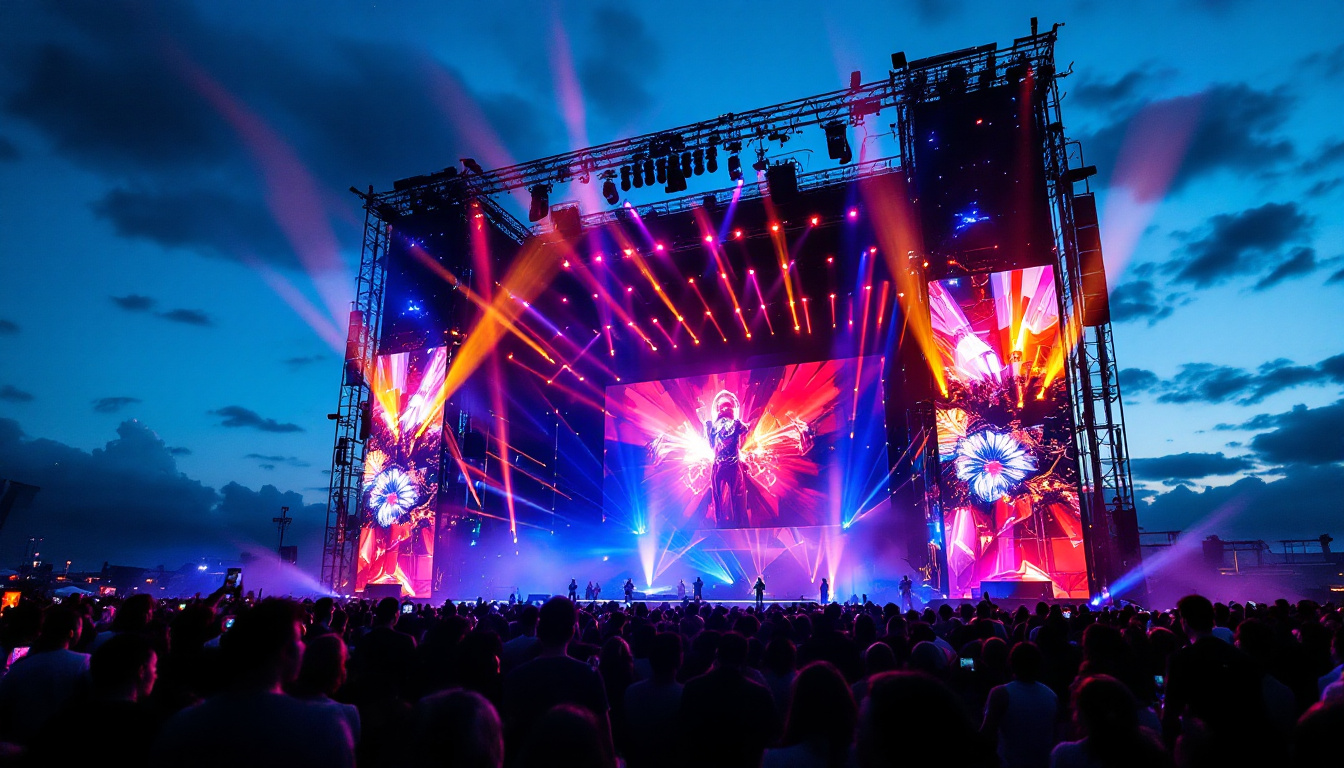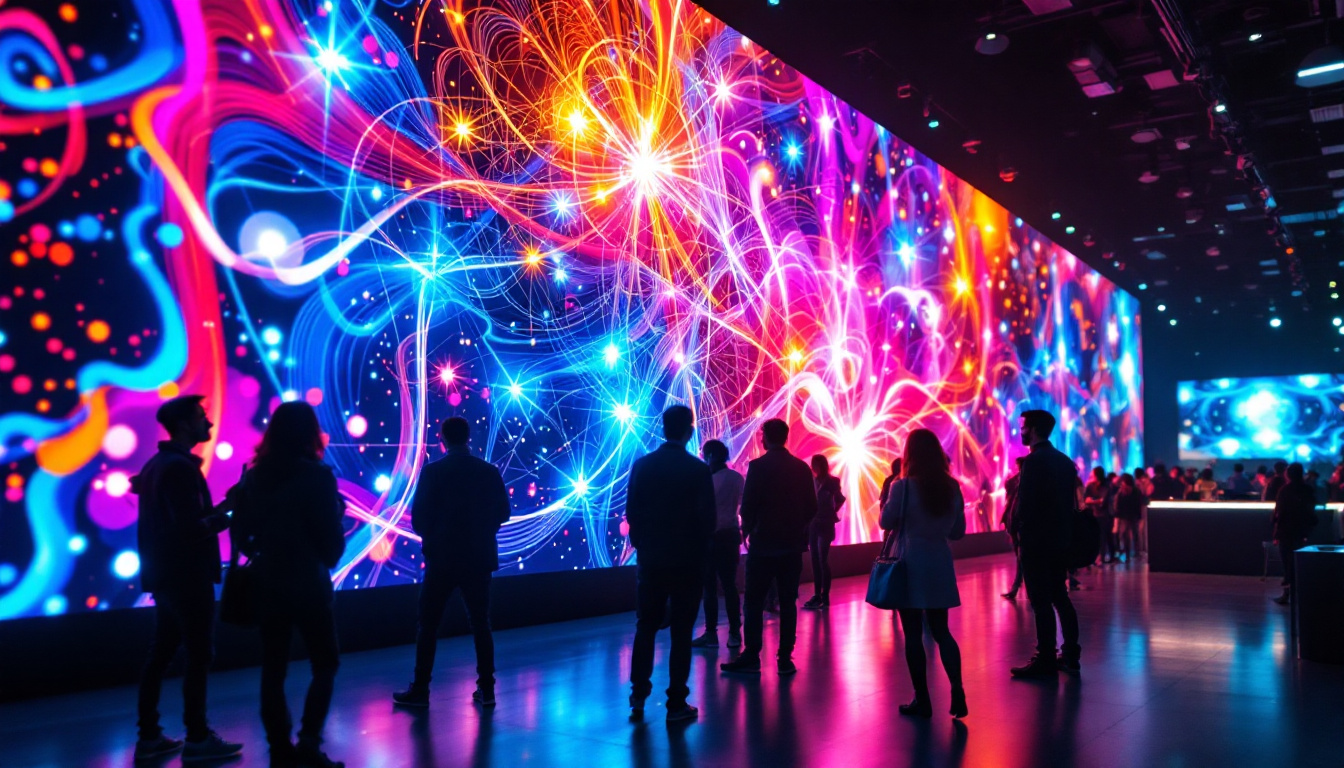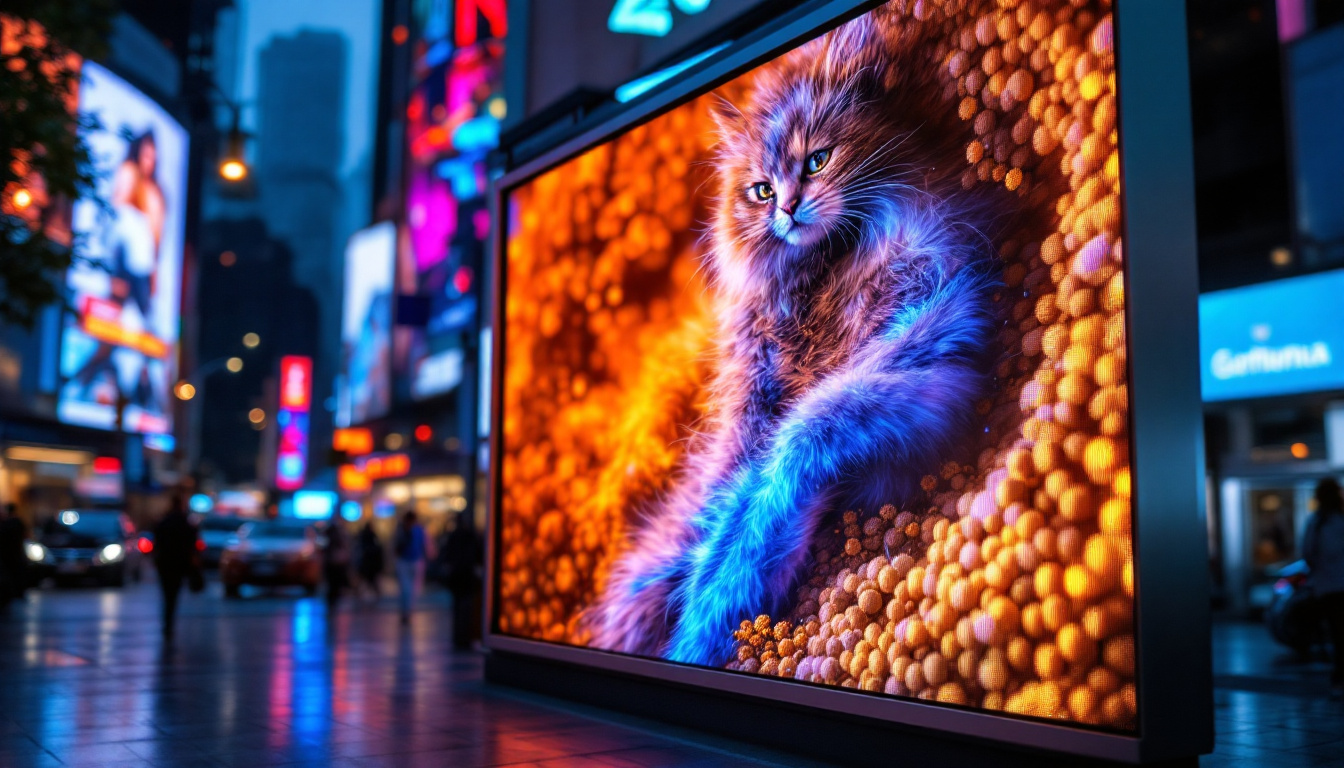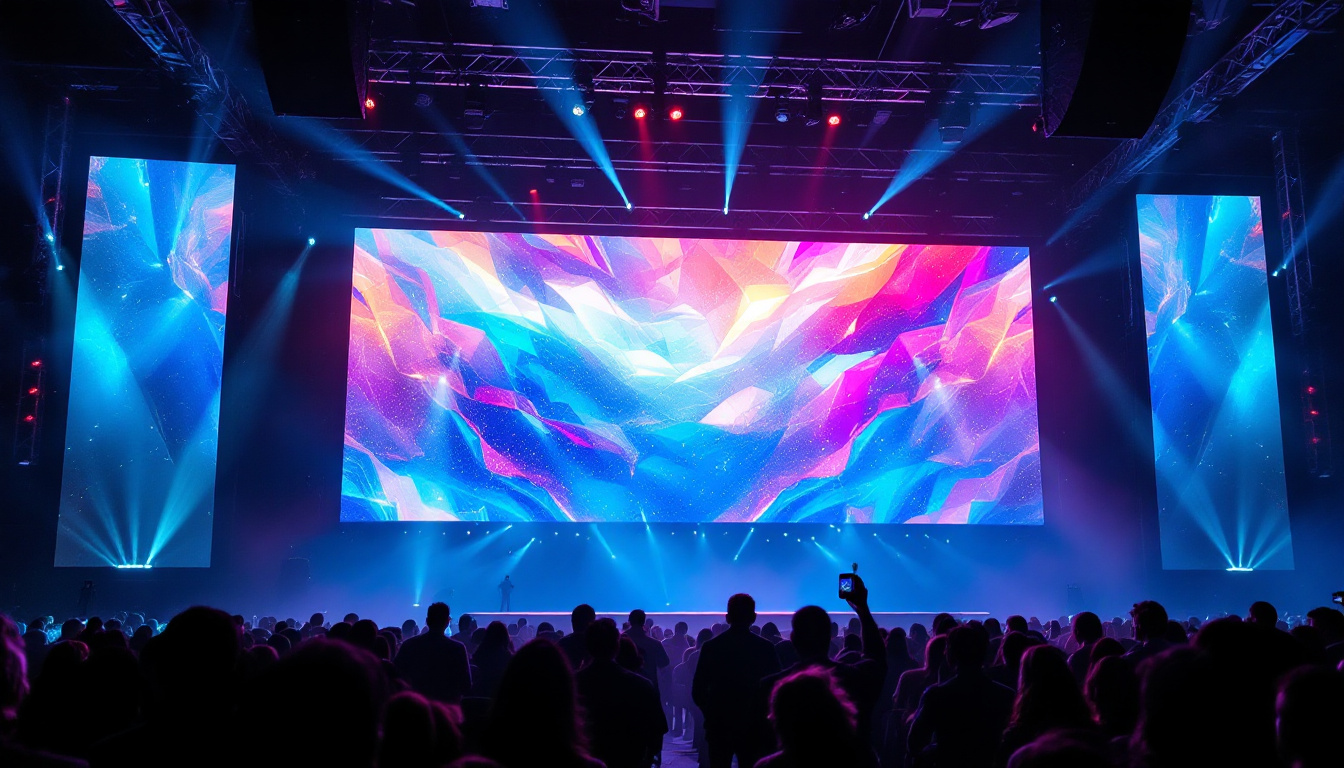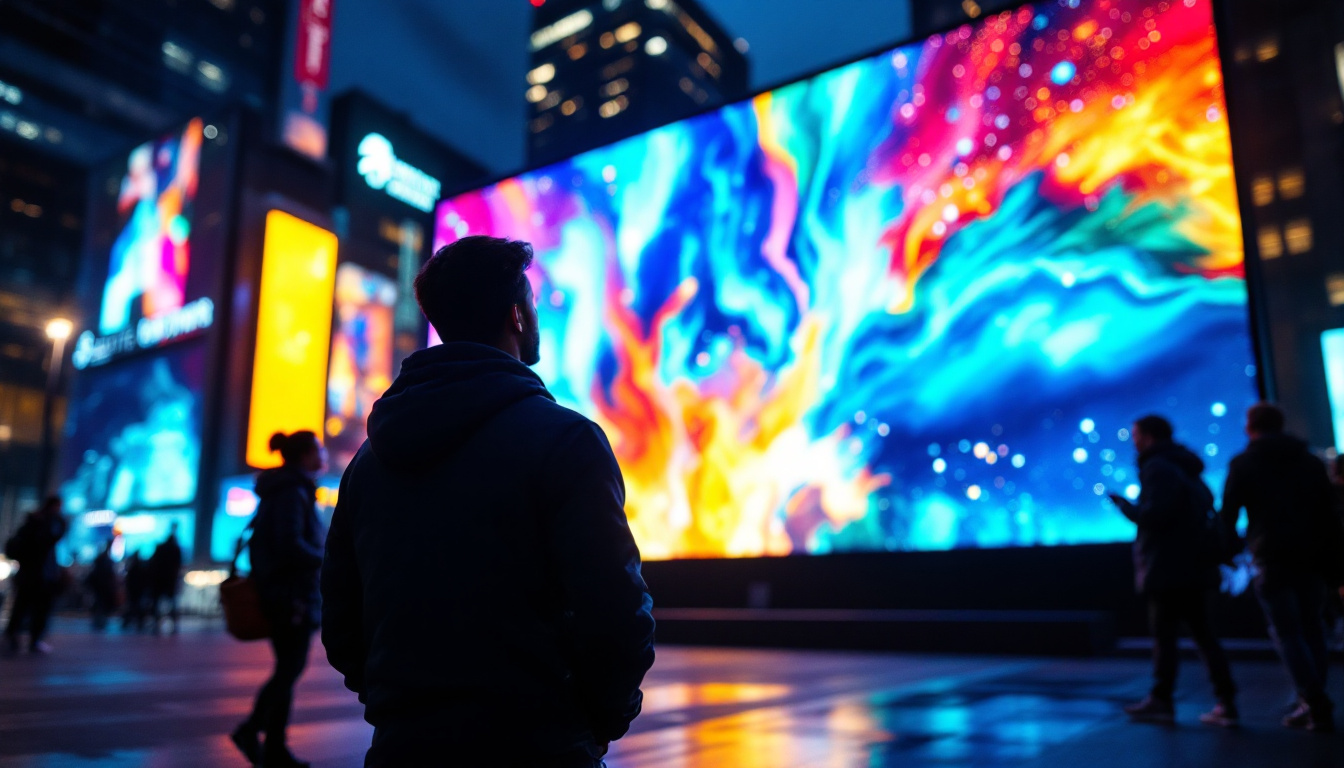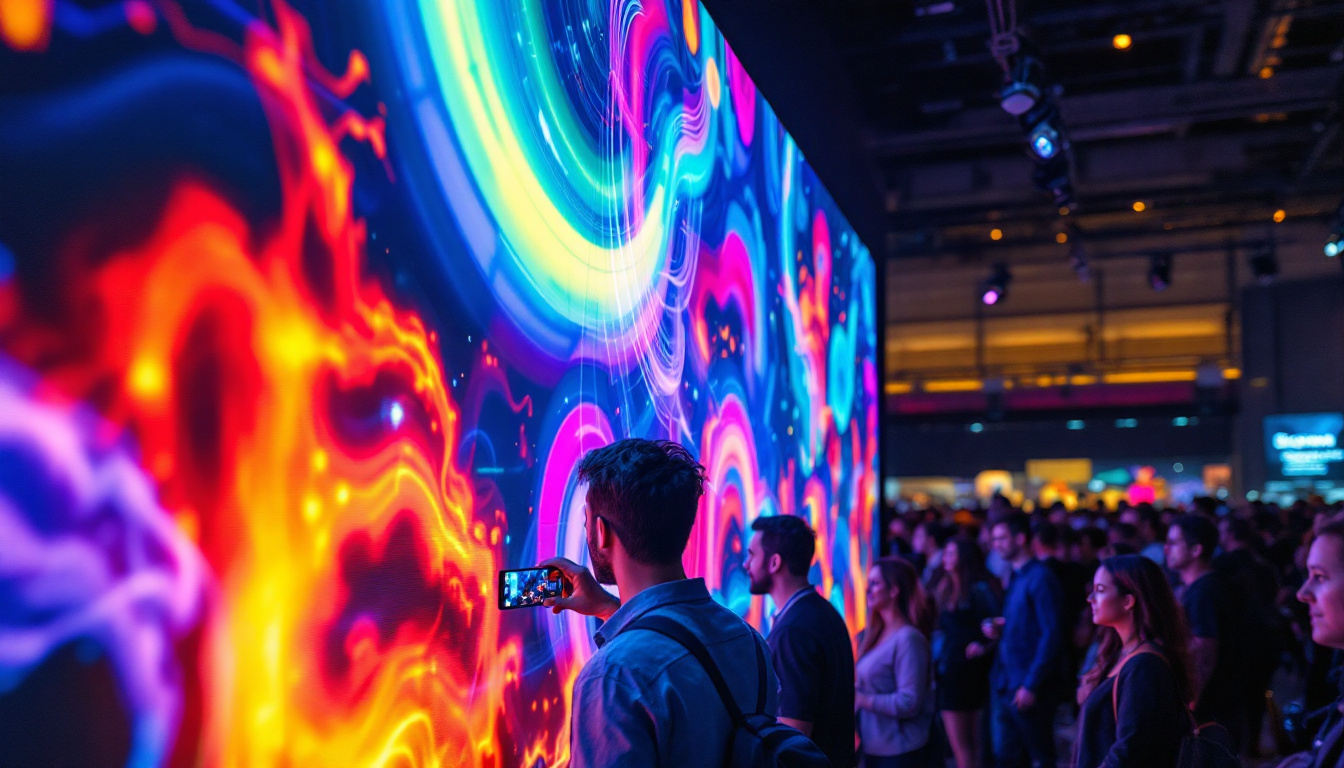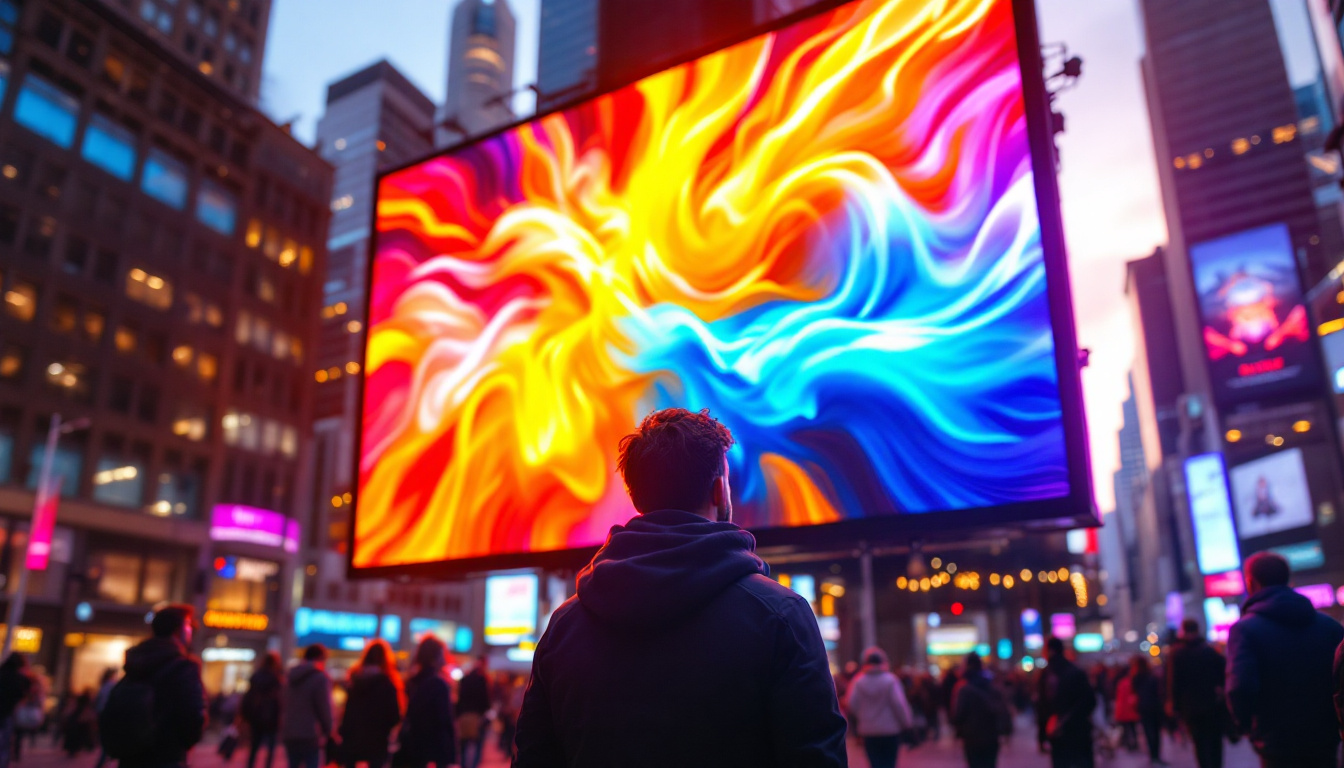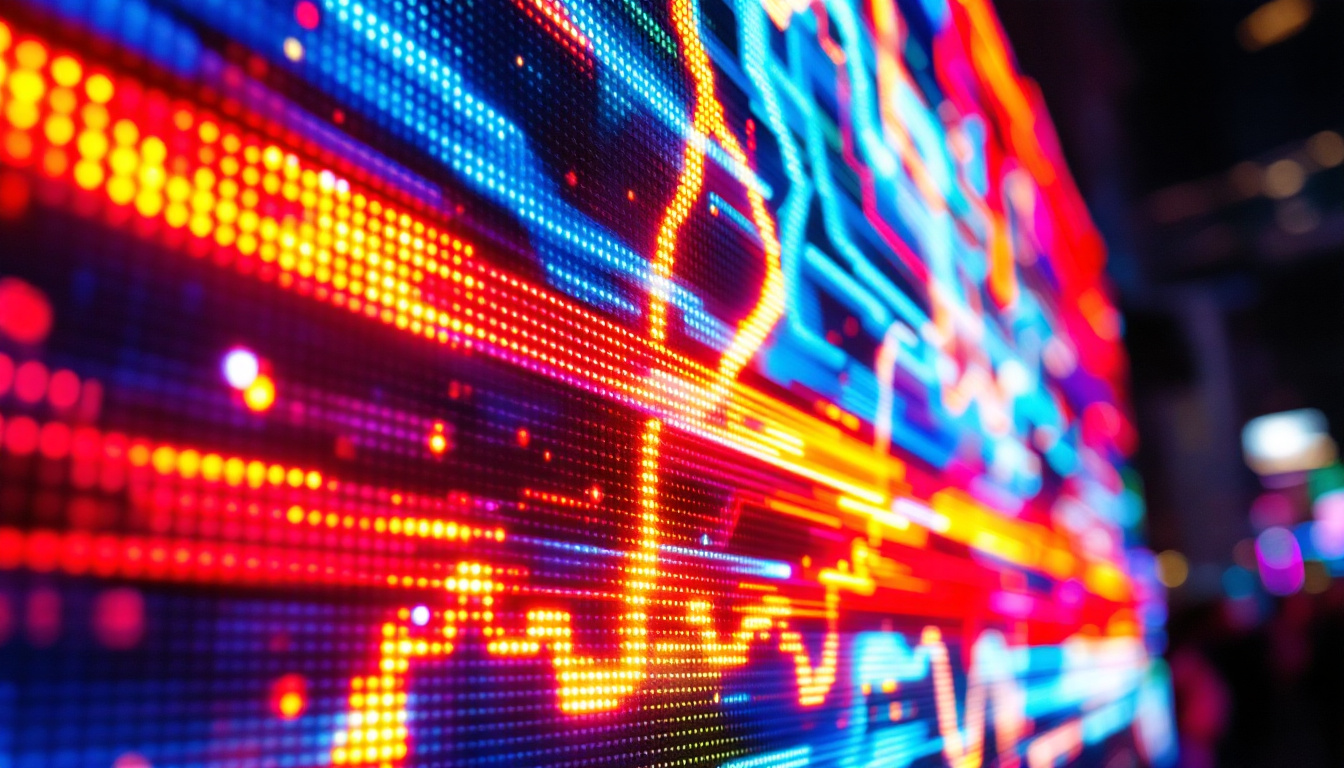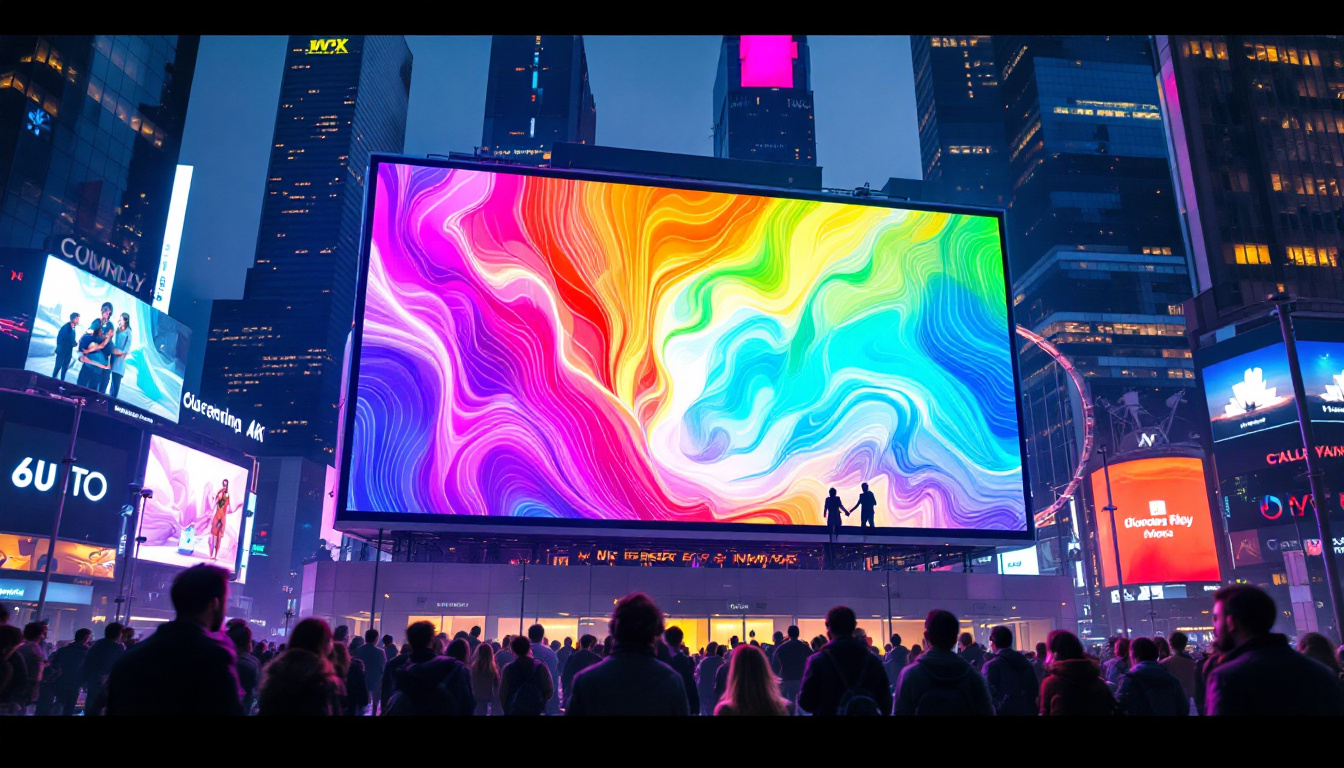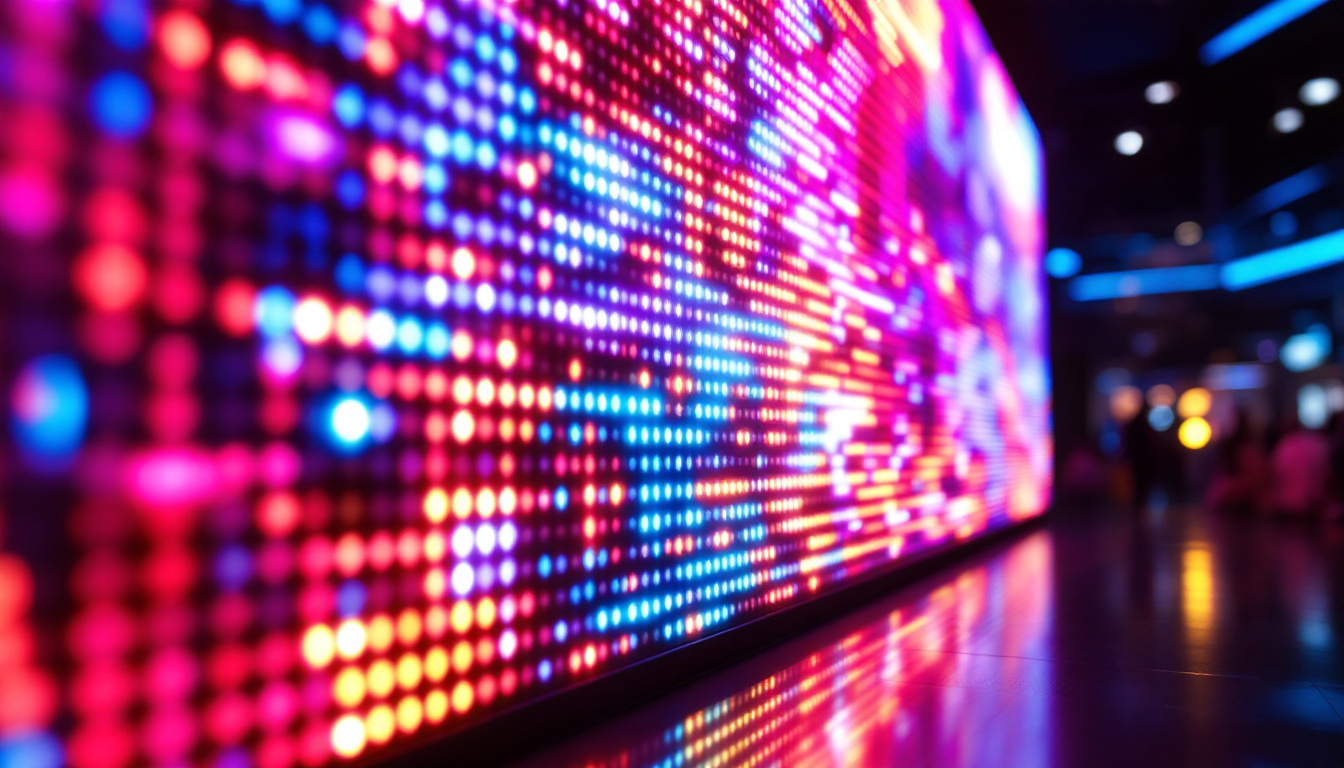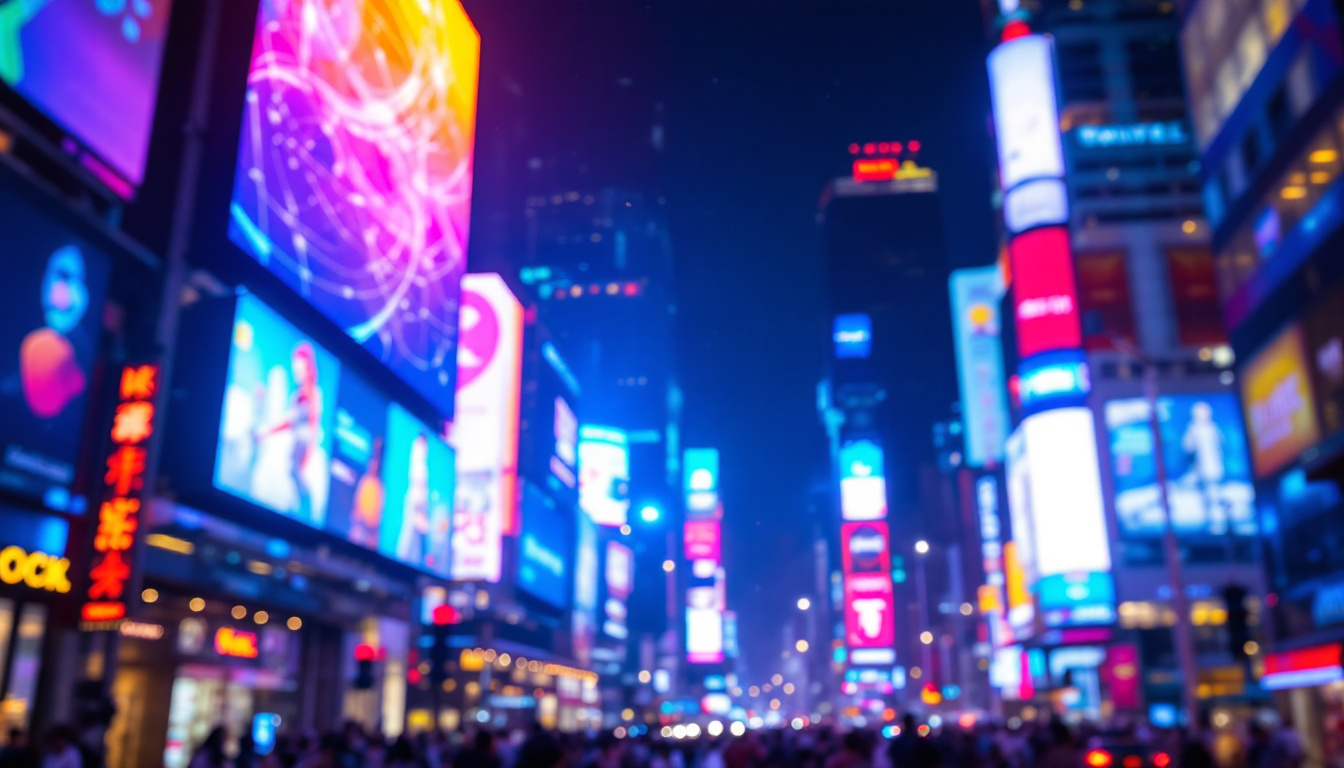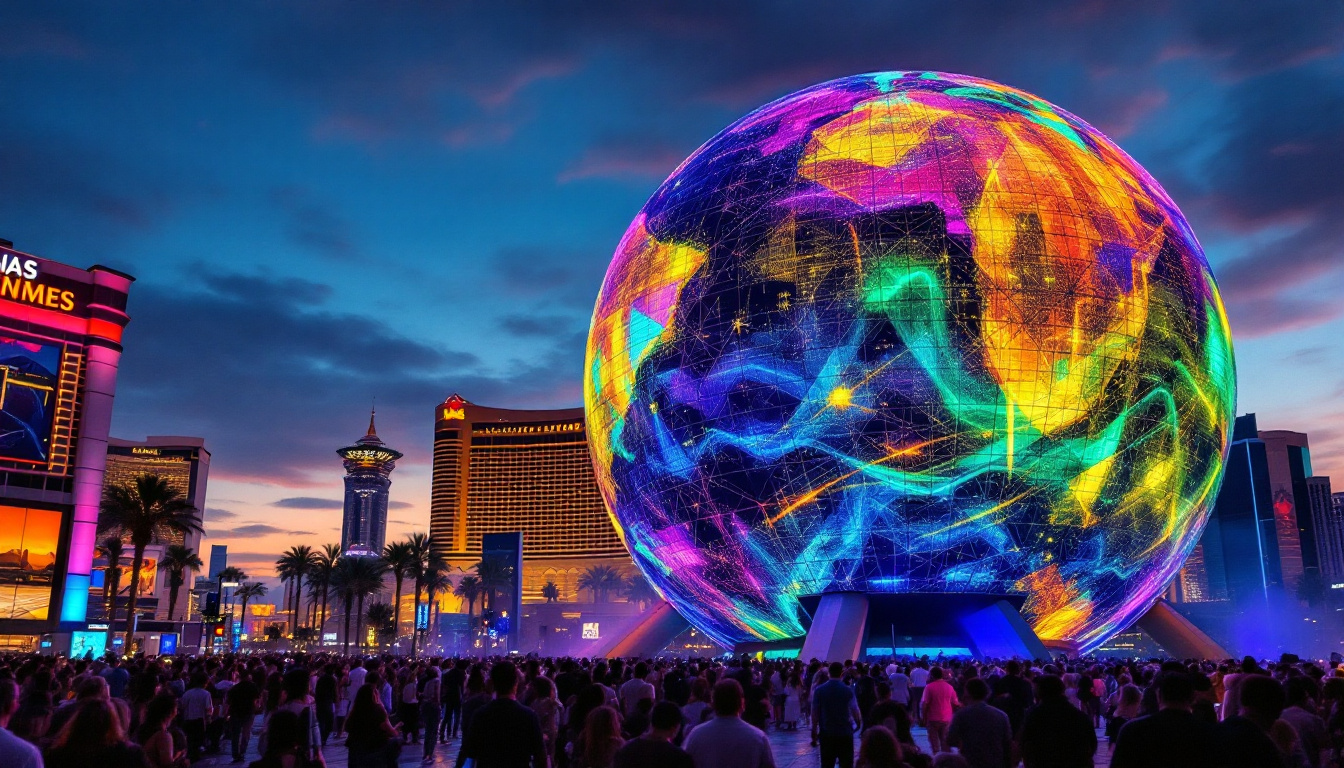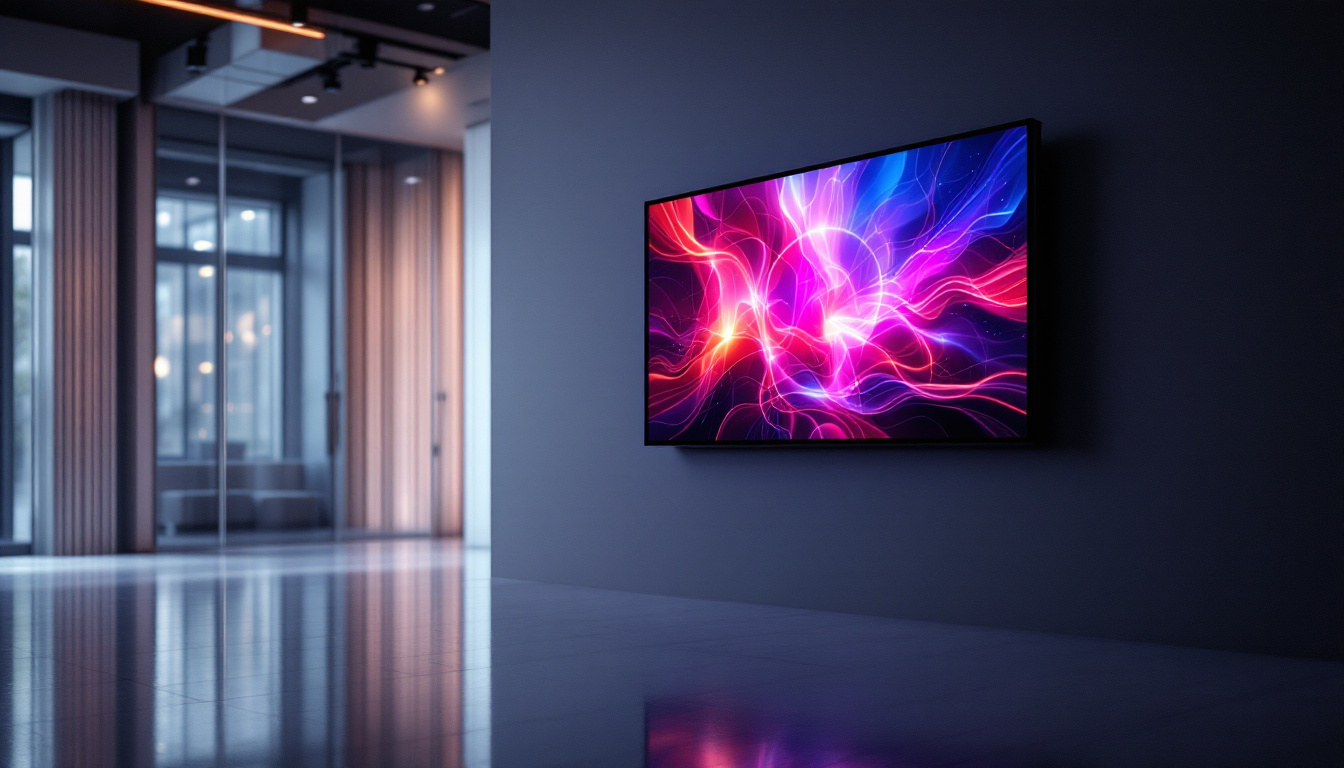In the competitive landscape of trade shows and exhibitions, capturing the attention of potential clients and partners is crucial. One of the most effective tools for achieving this is the LED display. This article delves into the intricacies of LED displays, exploring their advantages, types, and best practices for use in trade show environments.
Understanding LED Displays
LED displays, or Light Emitting Diode displays, have revolutionized the way brands present themselves at trade shows. Unlike traditional display methods, LED technology offers vibrant colors, high brightness, and remarkable clarity, making it an ideal choice for attracting attention in busy exhibition halls. The lightweight nature of LED panels also allows for versatile installation options, whether mounted on walls, suspended from ceilings, or even used as freestanding units. This adaptability ensures that brands can maximize their visibility and create engaging environments that draw in attendees.
What is an LED Display?
At its core, an LED display consists of numerous tiny light-emitting diodes that work together to create images and videos. These diodes can produce a wide spectrum of colors, allowing for dynamic visual presentations. The technology has evolved significantly, leading to displays that are not only brighter but also more energy-efficient than their predecessors. Modern LED displays often incorporate smart technology, enabling features such as automatic brightness adjustment based on ambient light conditions, which further enhances the viewing experience. Additionally, many LED displays now support high-definition resolutions, making them suitable for everything from simple graphics to complex animations.
How LED Displays Work
The operation of an LED display is relatively straightforward. Each pixel on the screen is made up of red, green, and blue diodes. By adjusting the intensity of these colors, the display can produce a full range of hues. This pixel-based approach enables high-definition images and smooth video playback, essential for captivating an audience at trade shows. Furthermore, the rapid response time of LED technology allows for seamless transitions between images and videos, which is particularly beneficial for live presentations or dynamic content that requires quick changes. As a result, brands can create immersive experiences that not only showcase their products but also tell compelling stories that resonate with potential customers.
Advantages of Using LED Displays at Trade Shows
Incorporating LED displays into trade show strategies offers numerous advantages that can significantly enhance a brand’s visibility and engagement. Here are some key benefits:
High Visibility
One of the most significant advantages of LED displays is their brightness. Unlike traditional displays, LED screens can be easily viewed in various lighting conditions, making them ideal for the often bright and bustling environment of trade shows. This high visibility ensures that messages reach a broader audience, increasing the chances of attracting potential customers. Furthermore, the vivid colors and sharp contrast of LED technology help to create eye-catching visuals that can draw attendees in from a distance, making it easier for brands to stand out in a crowded exhibition hall.
Dynamic Content Capabilities
LED displays allow for the presentation of dynamic content, including videos, animations, and live feeds. This versatility enables brands to showcase their products in action or share real-time updates, keeping the audience engaged. The ability to change content on the fly also allows exhibitors to tailor their messaging based on audience reactions or specific events occurring during the trade show. For instance, a company could highlight customer testimonials or product demonstrations that resonate with the crowd, thereby fostering a more interactive and memorable experience. Additionally, the integration of social media feeds can create a sense of community, encouraging attendees to share their experiences and engage with the brand online.
Energy Efficiency
Modern LED displays are designed to be energy-efficient, consuming less power compared to traditional display technologies. This not only reduces operational costs but also aligns with the growing demand for sustainable practices in the business world. Many trade show organizers are now prioritizing eco-friendly solutions, making LED displays a smart choice for environmentally conscious brands. Moreover, the longevity of LED technology means that these displays require less frequent replacement, further minimizing waste and contributing to a brand’s overall sustainability goals. By choosing LED displays, companies can not only enhance their visibility but also demonstrate their commitment to responsible practices, appealing to an increasingly eco-aware audience.
Versatility in Installation
Another compelling advantage of LED displays is their versatility in installation. They can be configured in various shapes and sizes, allowing brands to create unique and customized setups that fit their specific booth design. Whether it’s a large video wall that serves as a backdrop or smaller screens strategically placed around the booth, LED displays can be adapted to meet the spatial constraints and aesthetic preferences of any trade show environment. This flexibility enables exhibitors to maximize their space and create an immersive experience that captivates attendees, encouraging them to explore the booth further and engage with the brand’s offerings.
Enhanced Networking Opportunities
LED displays also facilitate enhanced networking opportunities during trade shows. By featuring interactive elements, such as touch screens or QR codes, brands can encourage attendees to participate in contests, sign up for newsletters, or access exclusive content. This not only increases foot traffic to the booth but also allows for the collection of valuable data, such as contact information and customer preferences. The integration of technology with traditional networking methods can lead to more meaningful interactions, as potential clients and partners are drawn in by the engaging content and innovative presentation style, creating a lasting impression that extends beyond the event itself.
Types of LED Displays
There are several types of LED displays, each suited for different applications and environments. Understanding these types can help exhibitors choose the right display for their trade show needs.
Indoor LED Displays
Indoor LED displays are typically designed for use in controlled environments, such as exhibition halls. They offer high resolution and brightness levels, making them perfect for showcasing intricate details and vibrant colors. These displays are often used for product demonstrations, presentations, and interactive experiences.
Outdoor LED Displays
Outdoor LED displays are built to withstand the elements, featuring weather-resistant enclosures and enhanced brightness to combat sunlight. These displays are ideal for outdoor trade shows or events, where they can attract attention from a distance. They are often used for advertising, brand awareness campaigns, and live event coverage.
Mobile LED Displays
Mobile LED displays are versatile and can be easily transported and set up at various locations. These displays are often mounted on trailers or trucks, allowing brands to take their message on the road. They are particularly effective for reaching audiences in different geographic areas and can be used for both trade shows and promotional events.
Best Practices for Using LED Displays at Trade Shows
To maximize the impact of LED displays at trade shows, it is essential to follow certain best practices. These guidelines can help ensure that the display effectively communicates the brand’s message and engages the audience.
Content is Key
The content displayed on LED screens should be clear, concise, and visually appealing. Brands should focus on creating high-quality graphics and videos that convey their message quickly and effectively. Avoid cluttering the screen with too much information, as this can overwhelm viewers. Instead, use bold visuals and minimal text to capture attention.
Strategic Placement
The placement of LED displays is critical for maximizing visibility. Exhibitors should position their displays in high-traffic areas where they can be easily seen by attendees. Additionally, considering the height and angle of the display can enhance visibility, ensuring that it can be seen from various vantage points.
Interactivity and Engagement
Incorporating interactive elements into LED displays can significantly enhance audience engagement. Touch screens, QR codes, and live polls can encourage attendees to interact with the display, creating a more memorable experience. This interactivity not only captures attention but also fosters a deeper connection between the brand and potential customers.
Case Studies: Successful LED Display Implementations
Examining successful implementations of LED displays at trade shows can provide valuable insights into best practices and innovative strategies. Here are a few notable examples:
Tech Company Showcase
A leading tech company utilized a large indoor LED display to showcase its latest product launch at a major trade show. The display featured high-resolution videos demonstrating the product’s features and benefits. By incorporating interactive elements, such as a touch screen for product exploration, the company attracted a significant number of attendees to its booth, resulting in increased product inquiries and sales.
Outdoor Festival Promotion
At an outdoor festival, a beverage brand employed a mobile LED display to promote its new product line. The display featured vibrant visuals and engaging animations that caught the attention of festival-goers from afar. By strategically placing the mobile display at the entrance of the festival, the brand was able to generate buzz and drive foot traffic to its booth, leading to a successful promotional campaign.
Challenges and Considerations
While LED displays offer numerous advantages, there are also challenges and considerations that exhibitors must keep in mind. Understanding these potential hurdles can help brands prepare and strategize effectively.
Cost Factors
Investing in LED displays can be a significant financial commitment. The initial costs for high-quality displays, along with the necessary supporting equipment and software, can be substantial. Brands must weigh these costs against the potential return on investment, considering factors such as increased visibility, engagement, and sales opportunities.
Technical Requirements
Setting up and operating LED displays may require technical expertise. Brands should ensure they have access to qualified technicians who can handle installation, maintenance, and troubleshooting. Additionally, understanding the software used for content management is essential to ensure smooth operation during the trade show.
Future Trends in LED Display Technology
The LED display industry is continuously evolving, with new technologies and trends emerging regularly. Staying informed about these developments can help brands leverage the latest advancements for their trade show displays.
Advancements in Resolution
As technology progresses, LED displays are becoming increasingly high-resolution. This trend allows for even more detailed and vibrant visuals, enhancing the overall viewing experience. Brands should keep an eye on advancements in resolution to ensure they are utilizing the best technology available.
Integration with Augmented Reality
Integrating LED displays with augmented reality (AR) is an exciting trend that is gaining traction. This combination allows brands to create immersive experiences that captivate audiences. By overlaying digital content onto the real world, exhibitors can provide unique and engaging interactions that leave a lasting impression.
Conclusion
In the realm of trade shows, LED displays have emerged as a powerful tool for brands seeking to stand out and engage their audience. With their high visibility, dynamic content capabilities, and energy efficiency, LED displays offer a myriad of advantages that can enhance a brand’s presence at exhibitions.
By understanding the different types of LED displays, following best practices, and staying informed about emerging trends, brands can effectively leverage this technology to maximize their impact at trade shows. As the industry continues to evolve, embracing innovation will be key to maintaining a competitive edge in the ever-changing landscape of trade exhibitions.
Discover LumenMatrix LED Display Solutions
Ready to elevate your trade show presence and captivate your audience like never before? Explore LumenMatrix’s comprehensive range of LED display solutions, from Indoor and Outdoor LED Wall Displays to innovative options like Vehicle LED Displays and LED Transparent Displays. Our mission is to transform your visual communication, ensuring your message resonates with clarity and impact. Check out LumenMatrix LED Display Solutions today and experience the future of dynamic and engaging brand storytelling.

